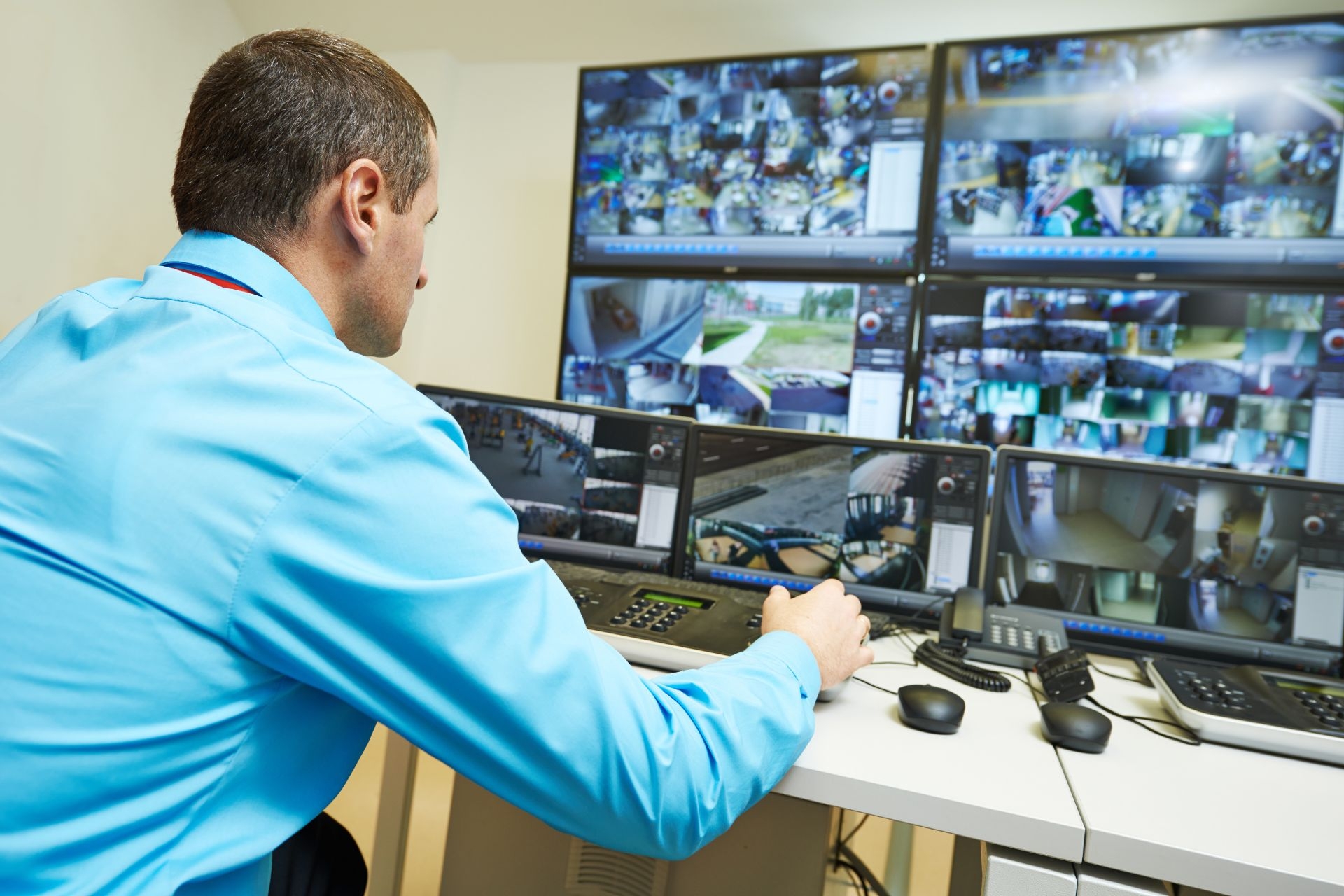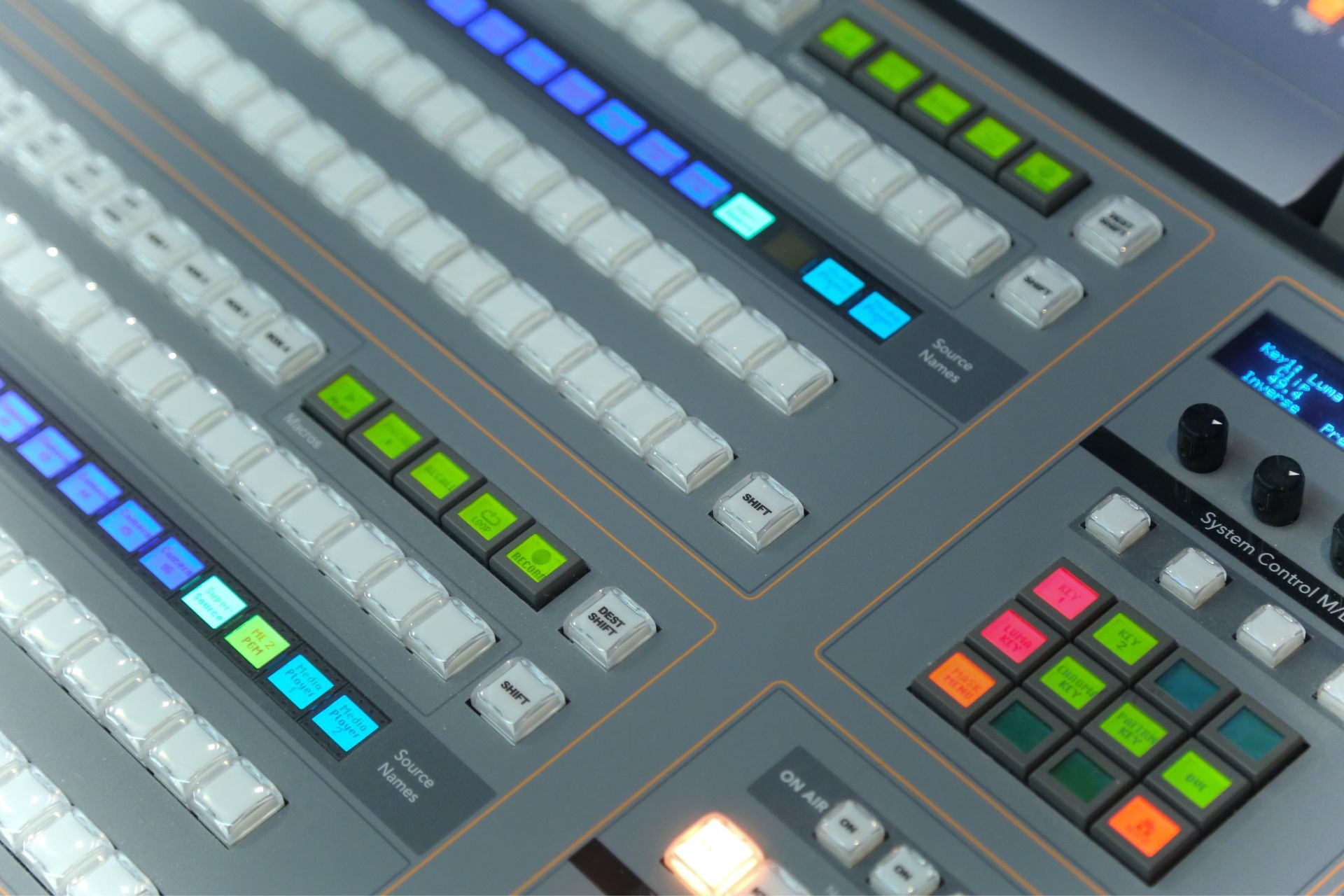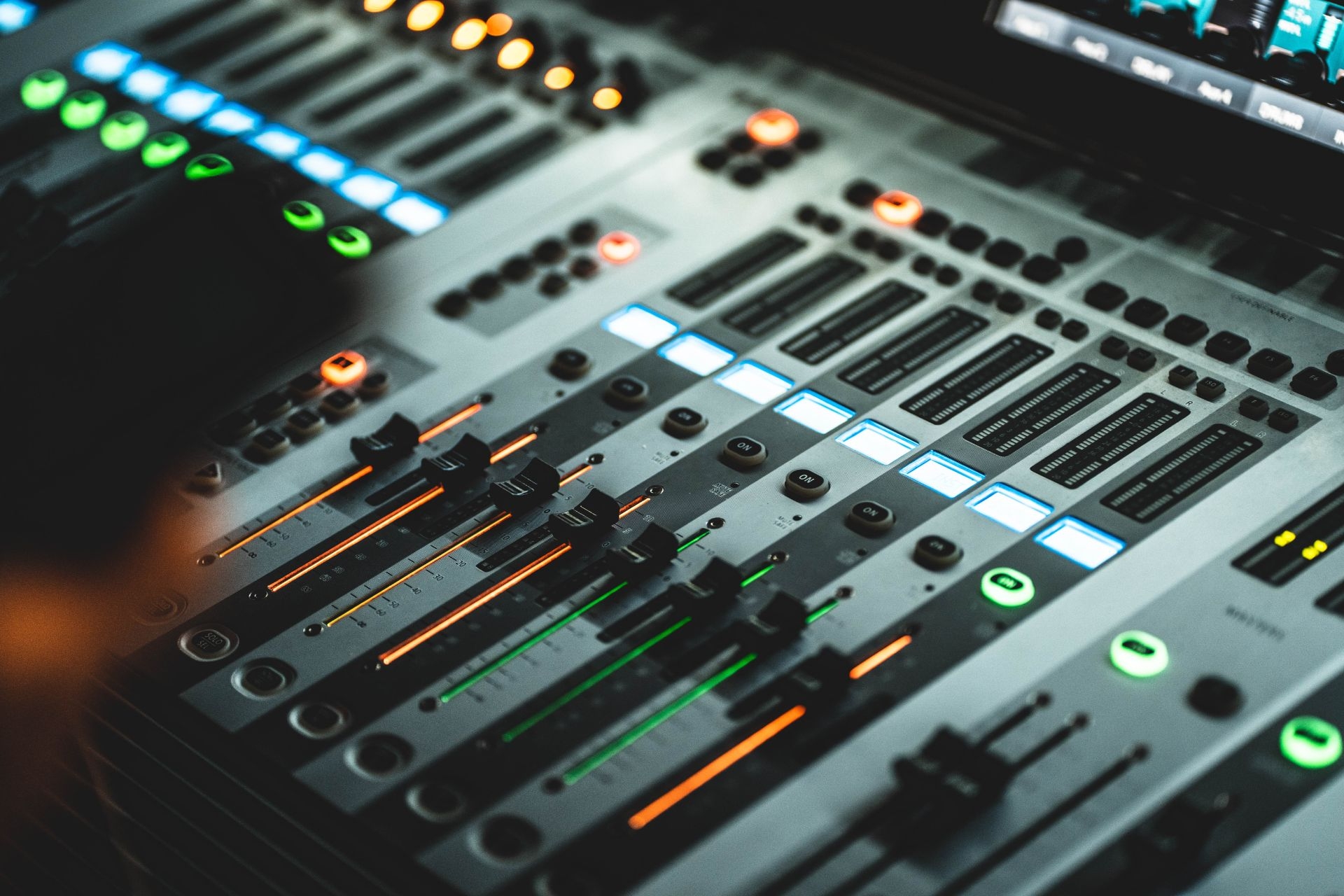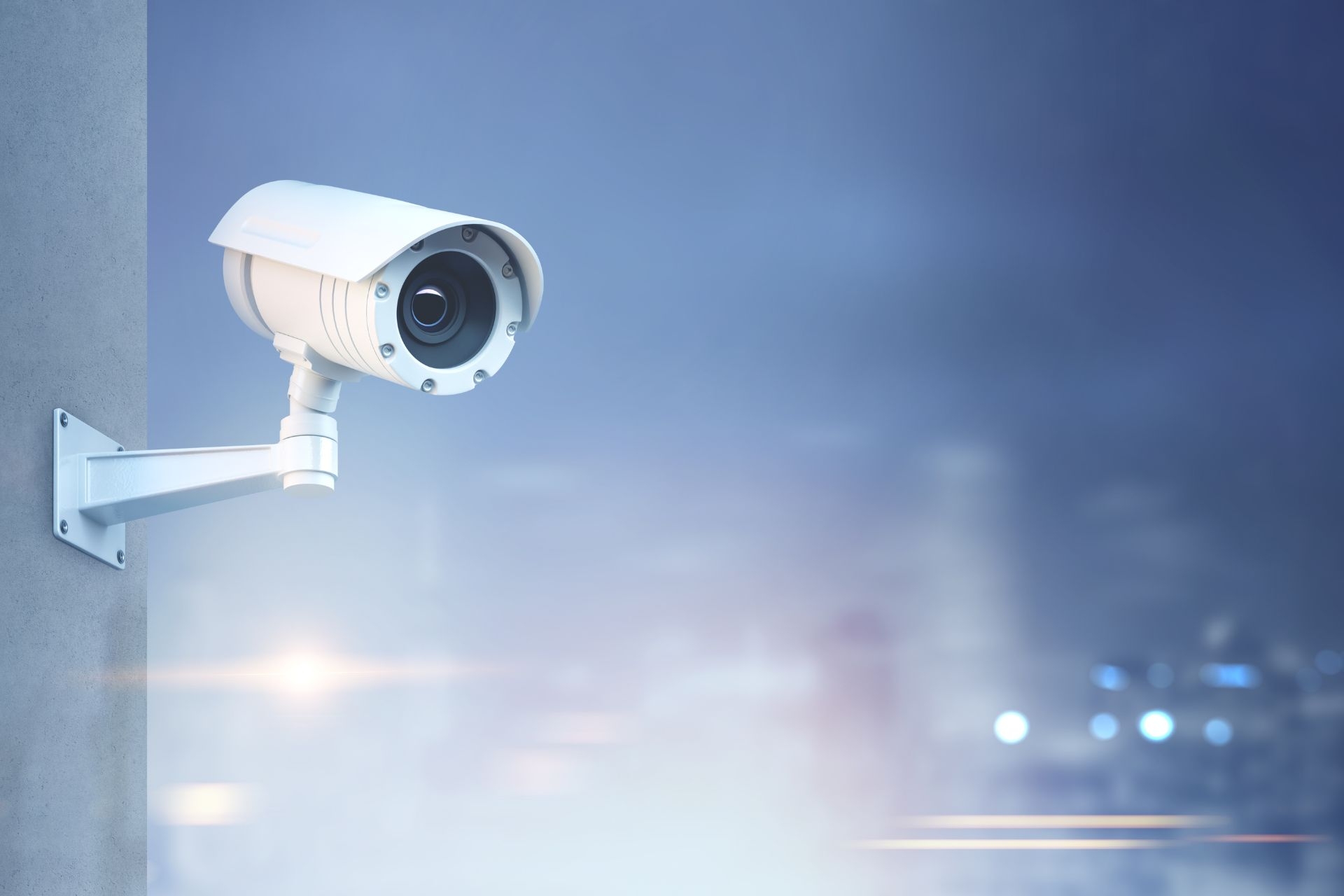

An SSD, or solid-state drive, is a type of storage device that uses flash memory to store data. It differs from a traditional hard drive in several ways. Firstly, an SSD has no moving parts, whereas a traditional hard drive uses spinning disks and a mechanical arm to read and write data. This makes an SSD much faster and more reliable than a traditional hard drive. Additionally, an SSD is typically smaller and lighter than a traditional hard drive, making it a popular choice for laptops and other portable devices.
There are several benefits to using an SSD in a computer or other device. Firstly, an SSD offers significantly faster read and write speeds compared to a traditional hard drive. This means that your computer will boot up faster, applications will load quicker, and files will transfer more rapidly. Additionally, an SSD is more resistant to physical shock and vibration, making it a more durable option. It also consumes less power, which can help to extend battery life in laptops and other portable devices. Overall, using an SSD can greatly improve the performance and reliability of your computer or device.
Folks, we have an open source problem. And, no, it’s not the problem some think. You’ll hear people rail against corporations that falsely describe their code as open source. Sometimes they’re correct. You’ll hear others bemoan the influx of venture-backed companies that dilute the meaning of open source to fuel corporate gains. Sometimes they’re correct.But the problem isn’t the companies. At least, that’s not the primary problem. Businesses piggybacking on open source branding in pursuit of commercial gains is nothing new. The difference is that, over the past few years, free and open source software has lost its way, leaving developers (and businesses) just one option: permissive, Apache-style licensing. The first kind of open source licensing was, as its sometimes prickly and pedantic adherents insist, not “open source” at all, but rather copyleft, free software licensing like the GPL. (“We want people to know we stand for freedom, so we do not accept being mislabeled as open source supporters,” said Richard Stallman.)To read this article in full, please click here
Posted by on 2024-03-04
In the rapidly evolving landscape of IaaS cloud computing, public cloud providers are increasingly reaching feature and function parity. This means they are beginning to look alike.Before you keyboard warriors remind me that some obscure feature in the object storage system on one provider is better than the object storage feature on another provider, I know they are not exactly the same. I think it’s okay to consider that they are all moving to a similar group of services that do the same things.How did it get this way? This development creates a competitive dynamic between these providers and offers new opportunities and challenges for enterprises. If we have three major cloud providers and three other providers that are catching up quickly, then it’s no longer reasonable to point to a single provider as the one to use. There’s no “best cloud” anymore.To read this article in full, please click here
Posted by on 2024-03-08
PostgreSQL pioneer Mike Stonebraker and Spark creator Matei Zaharia, along with other computer scientists at MIT and Stanford have come up with a new database-oriented operating system (DBOS) to help development of greenfield web applications.They have set up a company, DBOS Inc., to make the OS available to developers.Its first product, DBOS Cloud, launched Tuesday, is a transactional serverless application platform, also sometimes defined as functions-as-a-service (FaaS). It is offered via Amazon Web Services (AWS) using the open-source virtual machine monitoring service Firecracker and is powered by the DBOS operating system.To read this article in full, please click here
Posted by on 2024-03-12
Are you a cloud architect, engineer, or neither? The question will get you more blank stares than good explanations due to the confusion around two roles that perform separate but equally important duties.I’ve held both roles. I was a software engineer early in my career, then morphed into an architect, then an executive architect. The trouble is that we tend to conflate both roles these days. The lines between engineering and architecture have blurred. We’re obtaining engineering certifications that say “architect” and architecture certifications that say “engineer.” The former is the most common, leading to considerable confusion.First, I don’t care if you mislabel something, but I will correct you if you do. The confusion I’m seeing is leading to hiring mistakes and misunderstanding of what skills to apply where.To read this article in full, please click here
Posted by on 2024-03-05
To determine if your computer is compatible with an SSD, you will need to check a few things. Firstly, you will need to ensure that your computer has an available SATA or PCIe slot, as these are the interfaces used to connect an SSD. You can usually find this information in your computer's specifications or by consulting the manufacturer's website. Additionally, you will need to check if your computer's operating system supports SSDs. Most modern operating systems, such as Windows 10 and macOS, are compatible with SSDs. Finally, you may also need to consider the physical dimensions of the SSD and whether it will fit in your computer's drive bay.

Yes, an SSD can be used as an external drive. There are several ways to achieve this. One option is to use an external SSD enclosure, which allows you to connect the SSD to your computer via USB or Thunderbolt. Another option is to use a portable SSD, which is essentially an SSD with a built-in USB or Thunderbolt interface. These external SSDs are compact, lightweight, and offer fast data transfer speeds. They are a popular choice for those who need to carry large amounts of data with them or require fast external storage.
The lifespan of an SSD can vary depending on several factors, including usage patterns and the quality of the SSD itself. However, on average, an SSD can last for several years before it starts to degrade. To prolong the lifespan of an SSD, there are a few things you can do. Firstly, avoid filling up the SSD to its maximum capacity, as this can lead to decreased performance and a shorter lifespan. It is recommended to leave around 10-20% of the SSD's capacity free. Additionally, you can enable TRIM, a feature that helps to optimize the performance and lifespan of an SSD. Finally, it is important to regularly update the firmware of your SSD, as manufacturers often release updates that can improve performance and address any potential issues.

Installing an SSD in your computer is a relatively straightforward process. Firstly, you will need to open your computer's case and locate the drive bays. Depending on your computer, you may need to remove screws or slide out a tray to access the drive bays. Once you have access to the drive bays, you will need to connect the SSD to the appropriate interface, either SATA or PCIe. This usually involves connecting a data cable and a power cable to the SSD. After the SSD is securely connected, you can then mount it in the drive bay and secure it with screws or other fasteners. Finally, you will need to format the SSD and install the operating system or transfer your data to the new drive.
While there are many benefits to using an SSD, there are also a few downsides compared to a traditional hard drive. Firstly, SSDs tend to be more expensive than traditional hard drives, especially when it comes to higher capacities. This can be a limiting factor for those on a tight budget or needing large amounts of storage. Additionally, while SSDs are generally more reliable than traditional hard drives, they can still fail. However, the failure rate of SSDs is typically lower, and they are less susceptible to mechanical failures. Finally, SSDs have a limited number of write cycles, meaning that they can only be written to a certain number of times before they start to degrade. However, modern SSDs have advanced wear-leveling algorithms that help to distribute writes evenly across the drive, prolonging its lifespan.
